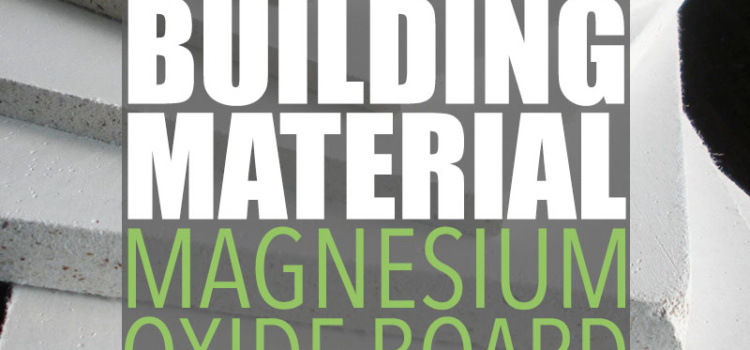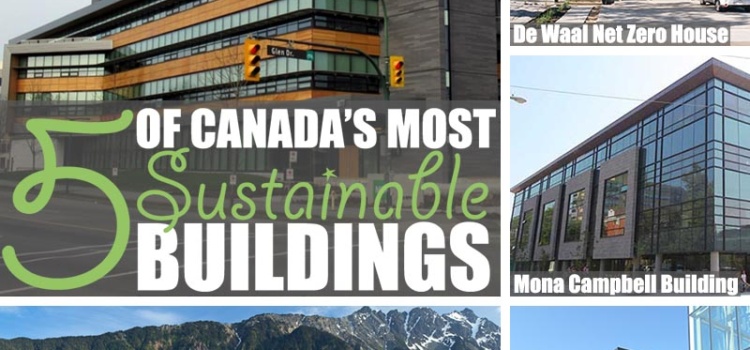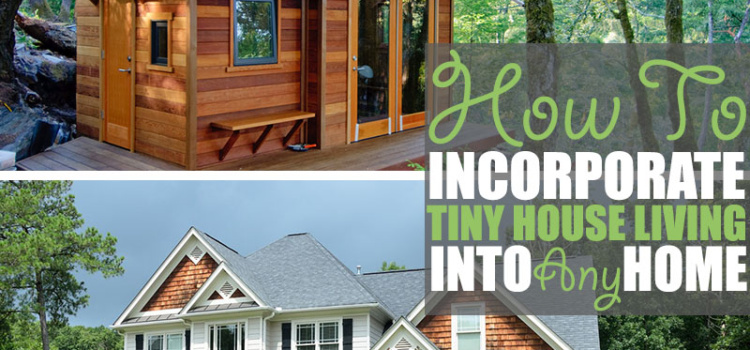Aside from Of Houses and Trees, I also write content for a few other architecturally-minded blogs. One subject I’ve written quite a bit about lately is the building material magnesium oxide board (MgO board). If you’ve never heard of it, it’s essentially an eco-friendly drywall alternative. And, of course, as soon as I see the phrase “eco-friendly alternative” I get all giddy and start geeking out. It looks like we’re going to build our Real Life Home next spring. (Fingers crossed!) And I absolutely want to use as many green materials as possible. Not only are environmentally friendly materials good for the planet, but they’re also good for you and your family as they tend to release little to no VOCs (volatile organic compounds) into your home nor other narsty chemicals. (Did you know synthetic drywall contains formaldehyde? Yuck.)
Eco-Friendly Building Material Magnesium Oxide Board


